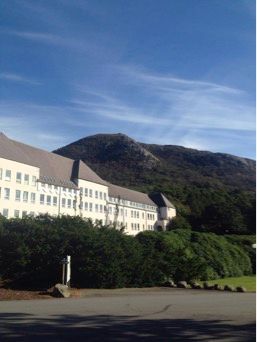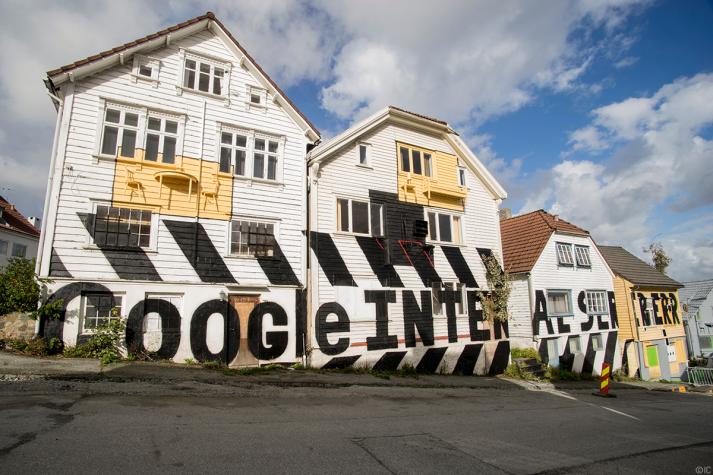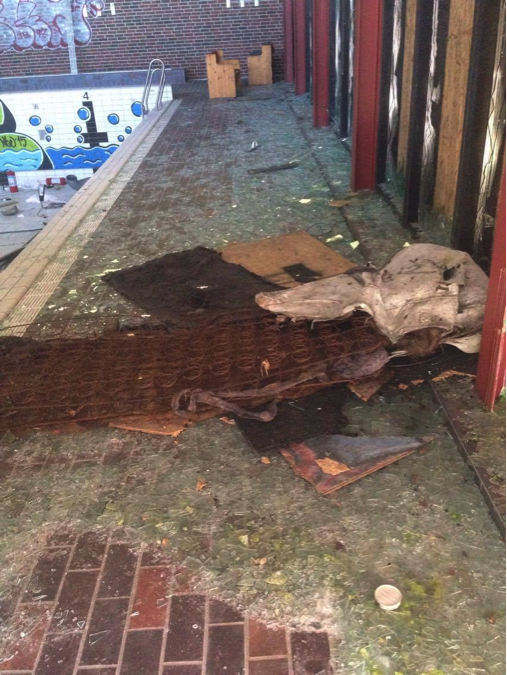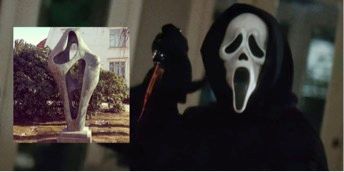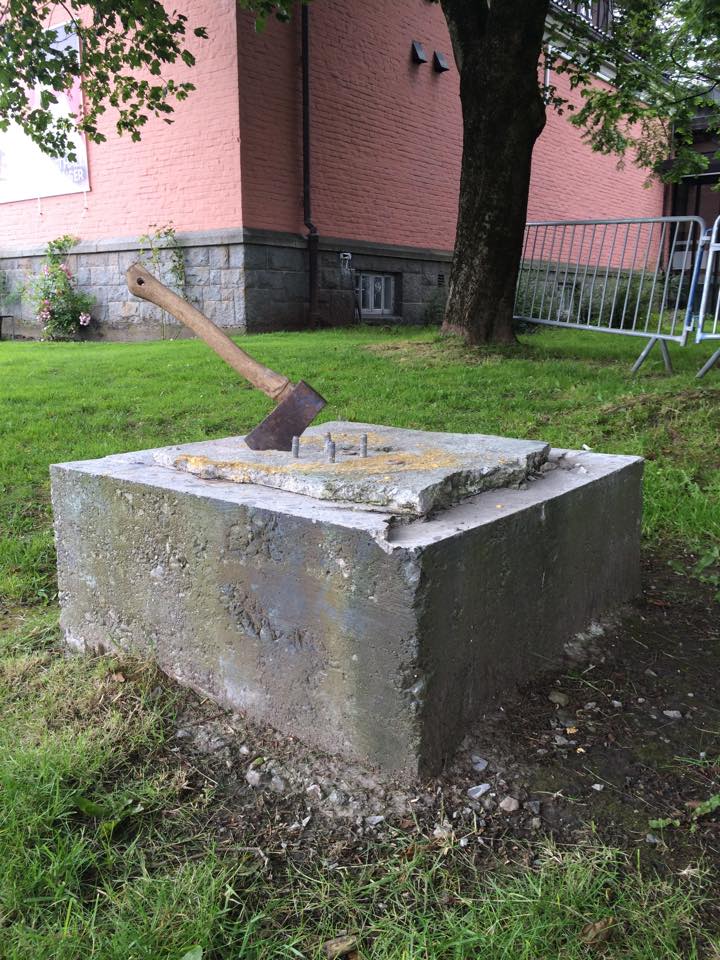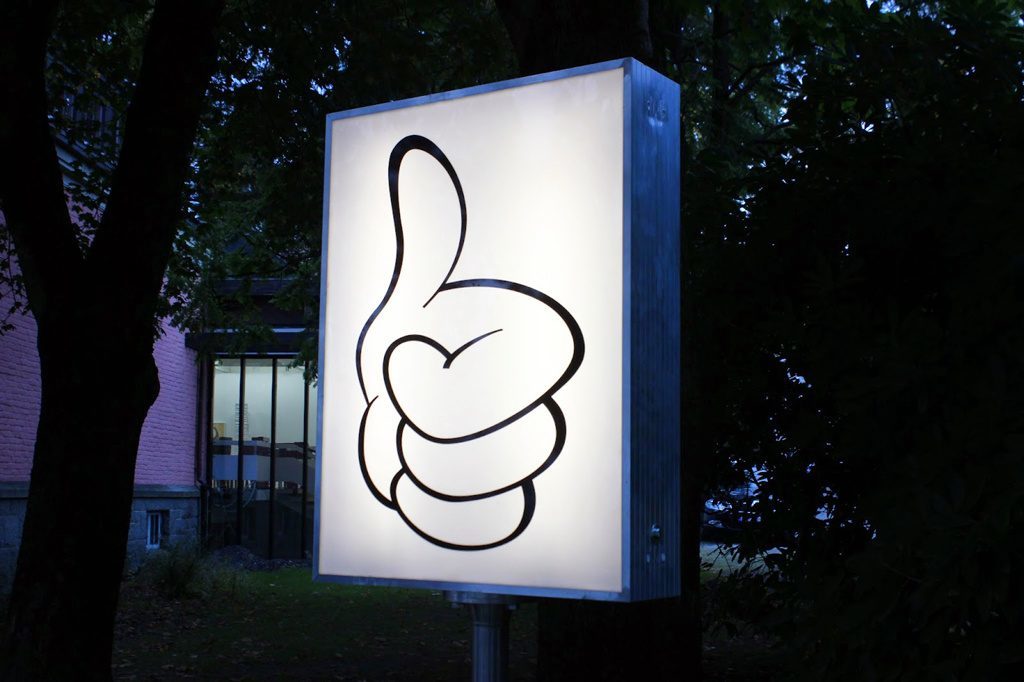Inside a newly opened café: I order juice with ginger and the person at the counter and I chitchat about Stavanger and art. This is the first time I hear what sounds like 'new art' but as I find out later is spelled Nuart. "Stavanger is filled with street art", she says. “You cannot miss it when you walk around the city,” she continues. Since 2001, the street art festival Nuart has spread over the walls of Stavanger, hidden in crevices in the public domain, and presented in indoor exhibition formats around the city.
The year 2001 marks rather precisely the time in which street art entered the fine arts discourse in this part of the world. And it is worth noting that the art form’s propagation has occurred in parallel with the economic boom of the noughties and the art that followed this economic development: namely colorful painting and marketable formats to an overgrown art market. The street artists follow this movement all the way into the commercial galleries and, in a way, become representatives of a frivolous and anti-intellectual parallel to the sellable academic art produced within this period: an even less rigid and more accessible art form that appeals to younger collectors with new, fresh money. They are a fresh stable of collectors that identify with street art’s narrative as being an unpretentious avant-garde winning new territories, much like the collectors themselves who have gained economic territory, equity and pan for gold in metaphorical stock-Klondike. It was during this same period that great wealth was created by slapping colorful motifs onto t-shirts and selling them en masse. And it was during this period that street art seems to break away from the lawlessness of graffiti and was catapulted into an entirely different synthetic and economic sphere.


